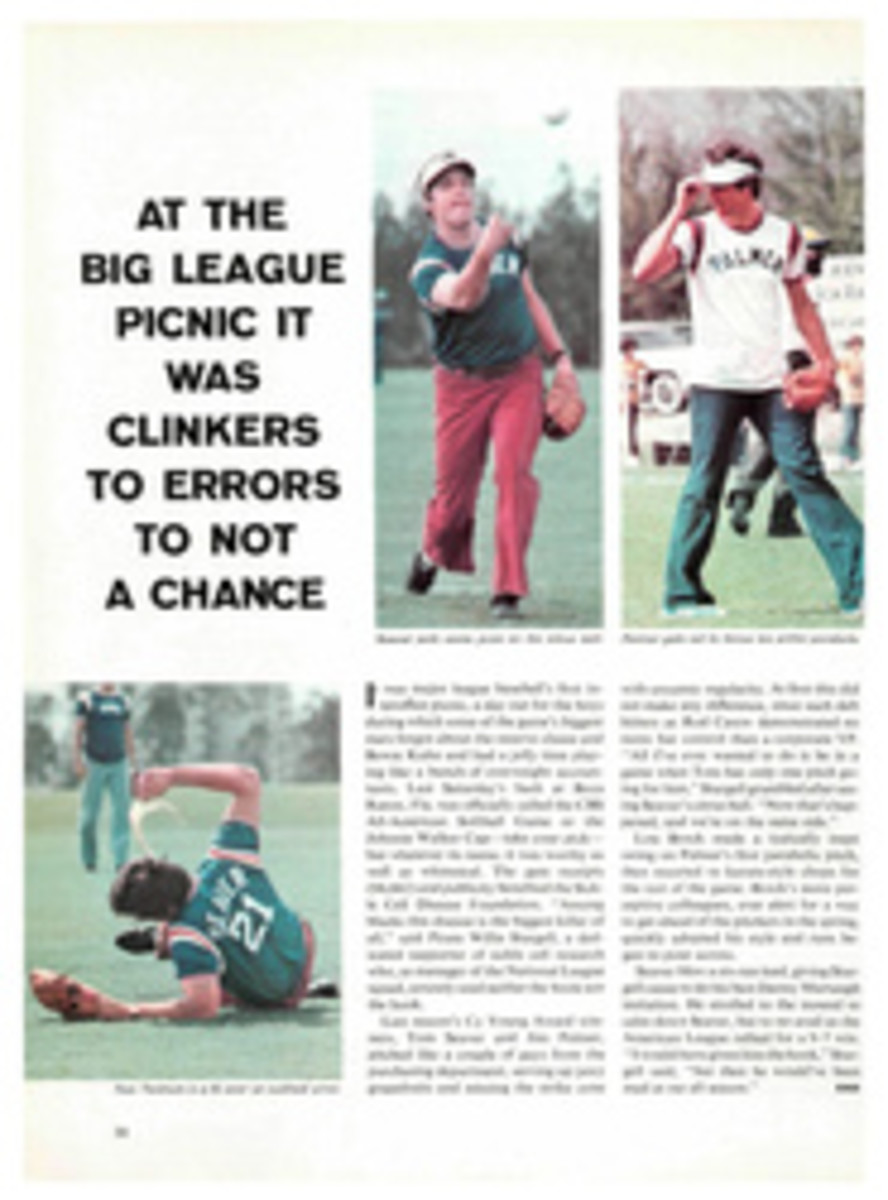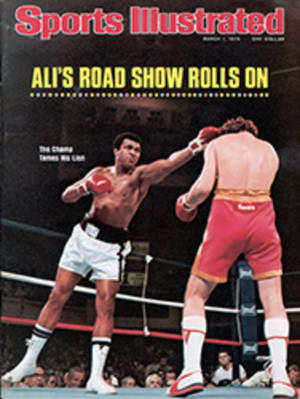
A RARE MIX OF SCIENCE AND ROMANCE YIELDS A CLASSIC OF NATURE WRITING
If you climb to the Continental Divide in western Wyoming, about 75 miles south of Yellowstone National Park, and locate a place called Knapsack Col, you can look down from the heights and see the beginning of the Green River. There might be some question as to why you should do that, since the river at that point is no more than a thin line across a rocky valley and the least impressive part of the magnificent scenery. But Ann Zwinger maintains in Run, River, Run (Harper & Row, $10.95) that everything having to do with the Green is worth firsthand examination and study. She not only climbed the mountains to see for herself where it began (the Geological Survey being a little vague), but crawled along a glacier to take the temperature of the water. It was 32°. By rights it should have been turning to ice, but it flowed in rivulets about four feet apart. "Flow energy, converted into heat energy, is sufficient to melt and cut the troughs even though the water itself is running just at freezing," Zwinger tells us.
She followed the Green River downstream every foot of its 730-mile flow, walking along the banks, running the rapids in her canoe and floating on a rubber raft through the final miles where the Green joins the Colorado before entering the Grand Canyon. On the way she drew flowers, geological structures, outcroppings, rock fragments, Indian artifacts, fossils, weeds and plants; she reported on fish, animals and birds, the river's history, settlements, exploration, outlaws, irrigation projects, dams and abandoned homesteads. Part of the strangeness of Run, River, Run comes from the dutiful scientific recording of what was, in the best sense, a romantic experience.
The Green meanders around Wyoming on the western side of the Divide, cuts into northeastern Utah, swings east into Colorado for 42 miles and then turns back into Utah to join the Colorado. It was a famous river when almost nothing else was known about the Rocky Mountain West and had a magnetic attraction for mountain men who held the annual fur trappers' rendezvous on its banks. Theirs was a big business. General William Ashley, who organized the first roundup in 1825, collected $50,000 for 8,829 pounds of beaver skin. The emigrants on the Oregon Trail funneled to a crossing of the Green. They were glad to reach it. By one route it was the first water they encountered in 35 miles, and their oxen plodded at two mph. They found a tranquil, grassy terrace above the cold, fast-flowing stream, hedged with groves of cottonwoods; it was not surprising that the beauty of the Green became legendary.
The river was a starting point for all sorts of enterprises, among them one of the first organized sweepstakes in the Rockies. It was staged in 1837 by one Captain William Stewart, a visiting Englishman, for a purse of $500, a portion of the prize consisting of a dozen bottles of champagne and two mules. Major John Wesley Powell set out on the Green for his exploration of the Grand Canyon. George Parker, better known as Butch Cassidy, had a hideout in a secluded valley on the river, a valley so sheltered that cattle could winter there despite the frozen mountains around it. For 30-odd years before 1905 the area served as a way station on a rustlers' cattle trail that ran for hundreds of miles. It was on the Green that the first dude ranch in Wyoming was established in 1894; it lasted until 1906. The cabins are still standing, and Zwinger examined them with the same detachment she devoted to the cutthroat trout that William Clark discovered during the Lewis and Clark expedition.
You cannot traverse the Green River in one continuous trip. When there is high water in the upper river, deep enough for a canoe, it is too early to backpack into the mountains. And in midsummer, when you can get into the upper river, the water is too low for a canoe. Consequently, Zwinger made many trips over many segments during several seasons, and stitched them together into a consistent narrative. As a result her book compounds river adventures—or canoe misadventures—with an impressive amount of scientific information about the places where they happened.
The alternations of action and information sometimes produce an unreal effect, like running a rapid in slow motion. But the information is so unfamiliar, and Zwinger ranges so widely over geology, botany, zoology—not to mention history and politics—that the reader remains as interested in her treatment of these subjects as he is in her description of a drop over a four-foot falls. Moreover, the data is neatly packaged for painless assimilation. It is hard to say whether such passages are digressions from the adventure story or whether the adventure story is a digression from the scientific lectures. In any event, floating down that old Green River is a surprisingly pleasant way of learning a lot that one would otherwise not be likely to find out on a canoe trip. Run, River, Run is one of those rare works of the contemporary imagination—a thoroughly nice book.

